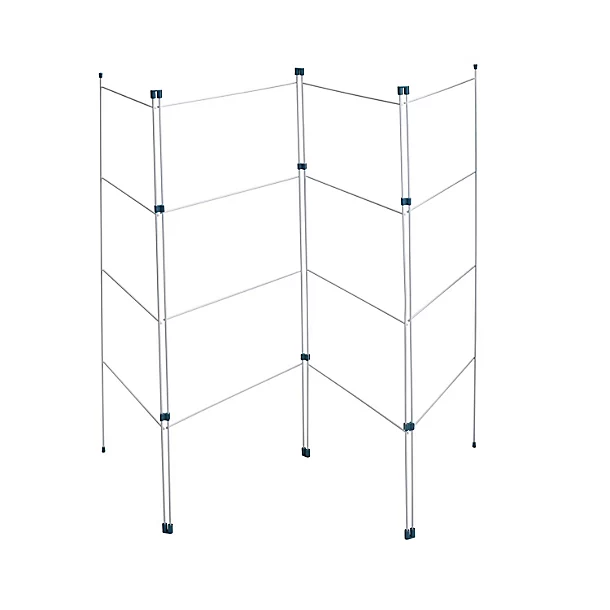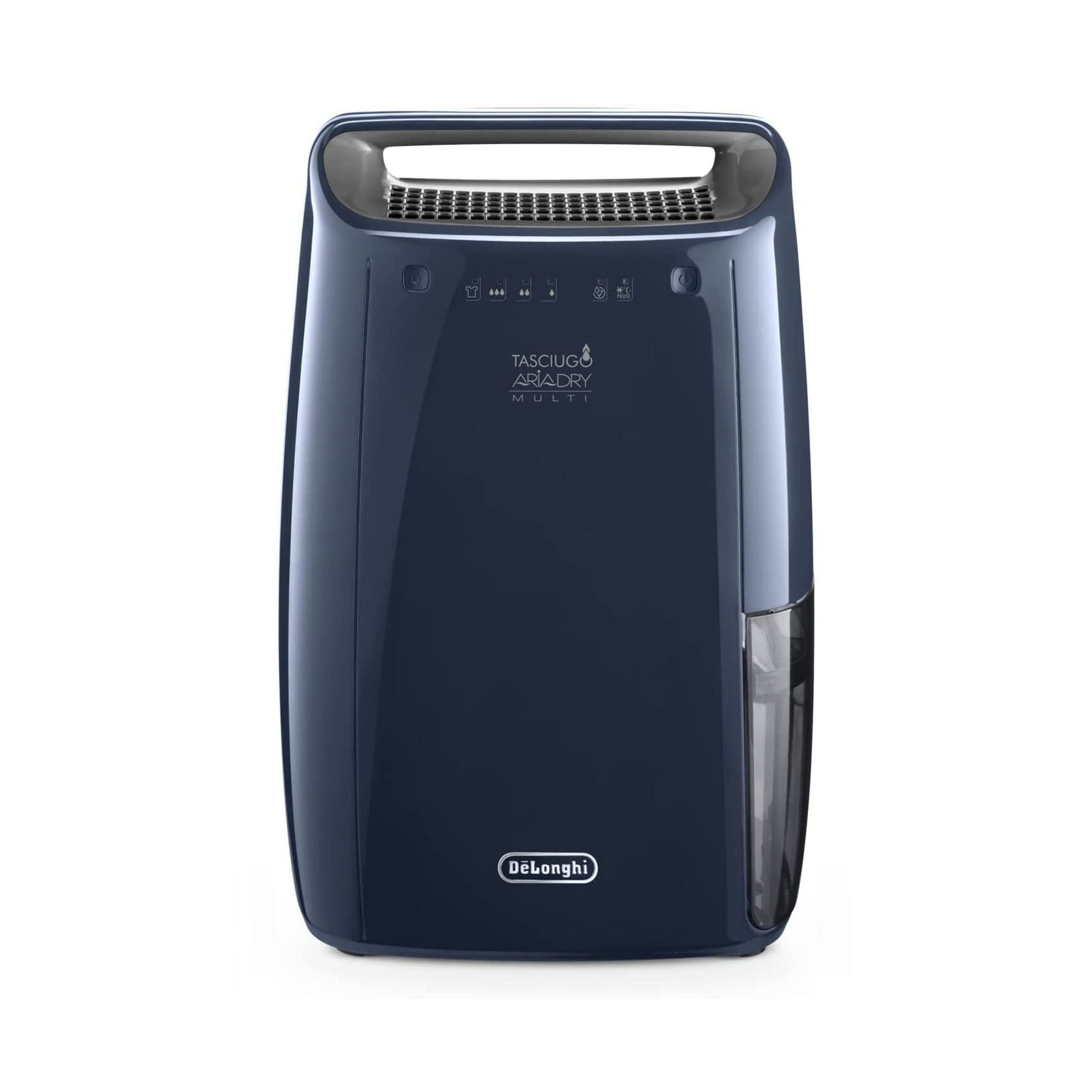How to dry bedding indoors in winter - 6 ways to dry duvets, pillows, and bed sheets quickly
Drying bedding indoors in winter is tricky, but not impossible

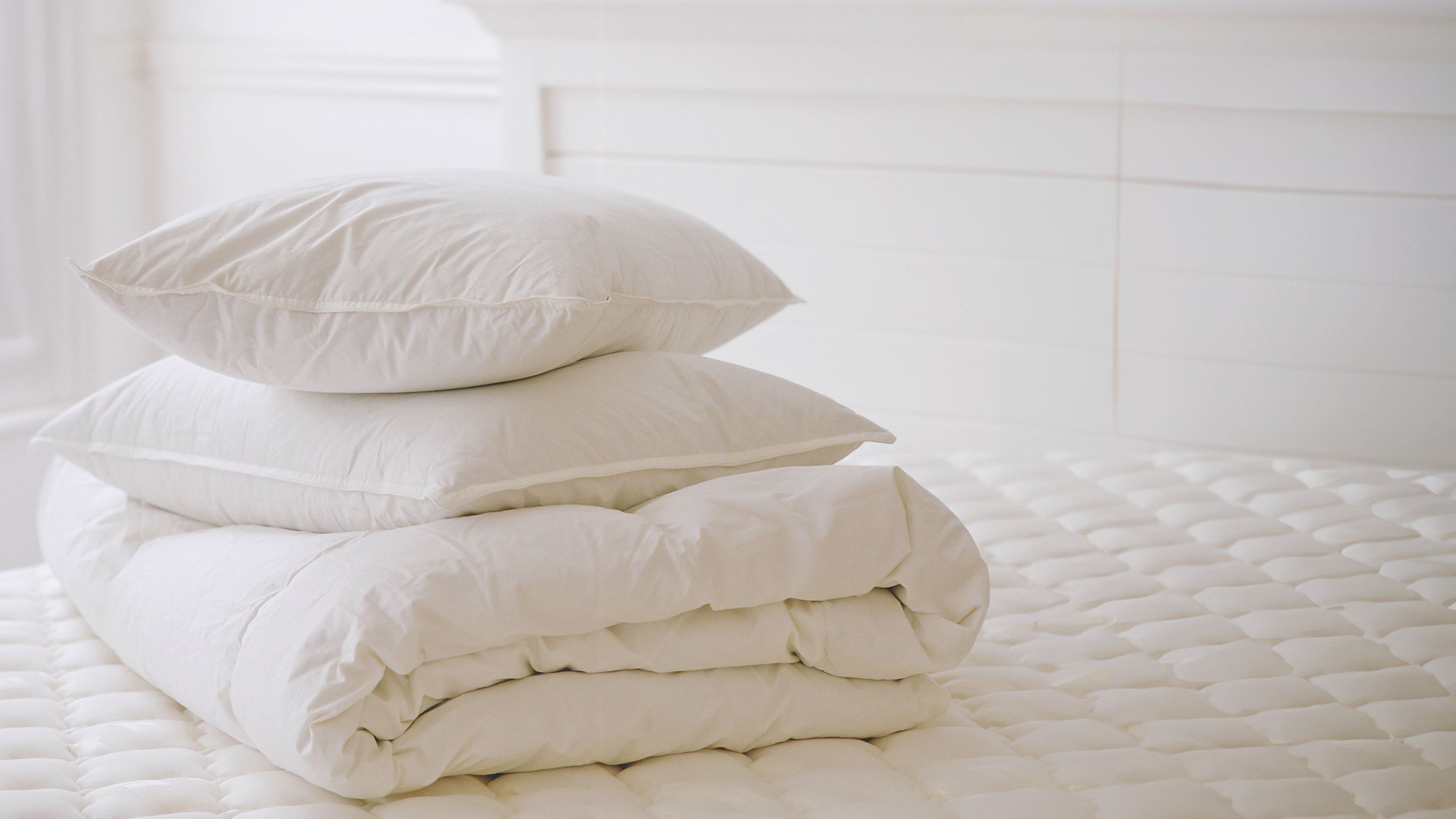
Although you may dream of snuggling under a blanket and waiting out the cold and dark winter months), the reality is that household chores still need to be done. But when it comes to tasks like laundry, this can be particularly challenging at this time of year. That's where it's helpful to know how to dry bedding indoors in winter.
Everything from the best duvets to your favourite bed sheets and even the best pillows need continued TLC during the winter months to keep them looking their best - and to ensure they last as long as possible. However, nobody wants soaking wet washing sitting in their home for days on end, filling the place with damp and condensation. So, it’s important to find quick and effective solutions.
As Emily and Jonathan Attwood, Founders of scooms, explain, ‘Drying bedding during the winter seasons can be quite the challenge due to limited sunlight and lower temperatures. That being said, there are several highly effective ways to ensure all your bedding, from your duvets and pillows through to your bedsheets.’ Follow these tips to dry your bedding indoors in winter successfully.
1. Dry near a heat source
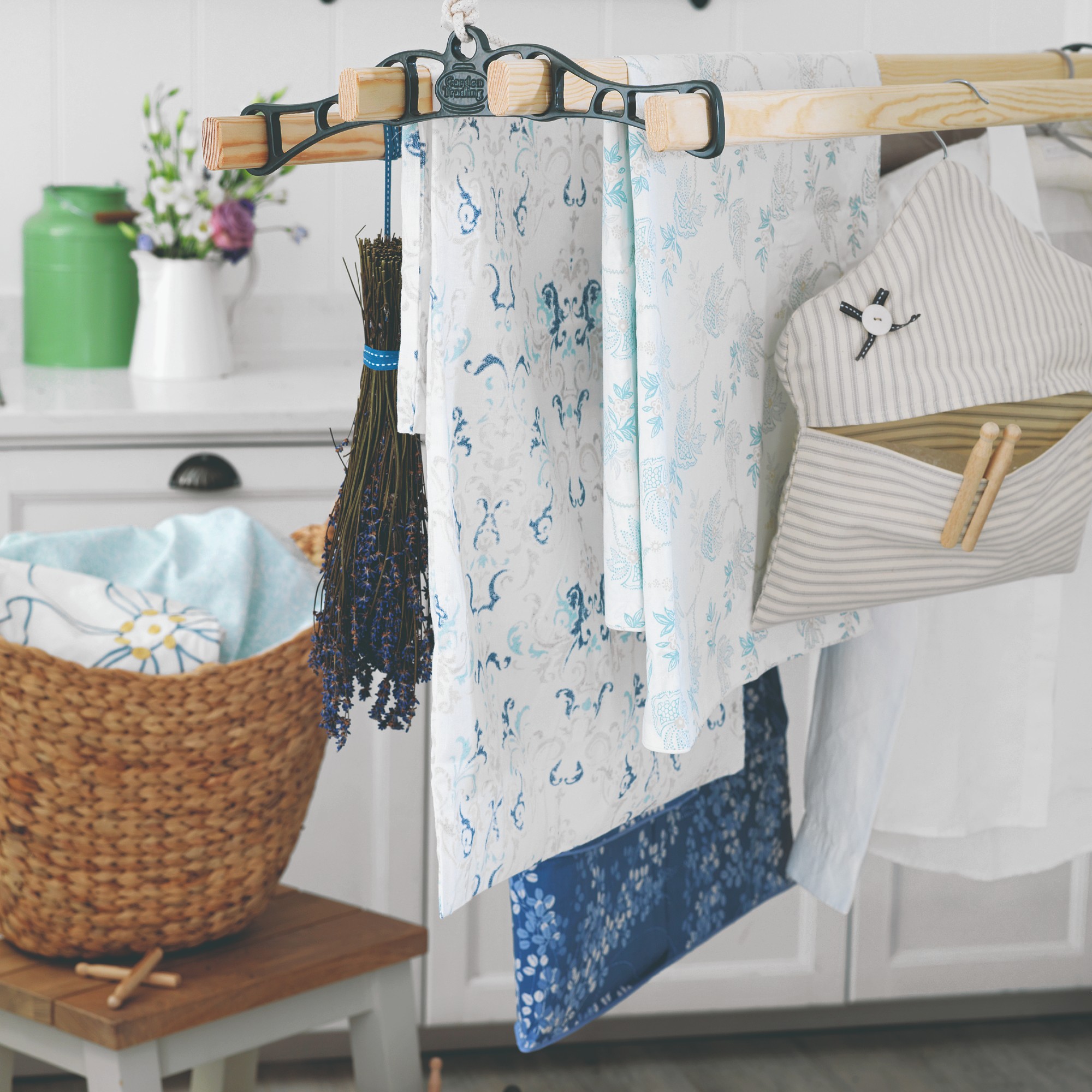
During the winter months, we all do everything we can to keep our homes warm. Some people turn up the thermostat on their central heating, while others opt for the best electric heaters to take away that winter chill.
Whatever option you choose, you can use this heat to dry your duvets, pillows, or bed sheets as quickly as possible. But you’ll also need one of the best clothes airers to do this job.
As Emily and Jonathan explain, ‘The key is to maximise airflow and make the most of any available warmth, especially if you don't have access to a tumble dryer. For larger items like duvet covers and bed sheets, it's best to hang them on a drying rack and place this near a heat source such as a radiator or heater.’
However, it’s important to remember that drying bedding at this time of year is different to drying clothes in winter. And while you can use one of the best heated airers for clothes, experts would urge you to avoid using this handy appliance for larger bedding items.
Sign up to our newsletter for style inspiration, real homes, project and garden advice and shopping know-how
Emily and Jonathan add, ‘Avoid placing them directly on the heat source, as this could cause damage to the fabric. Instead, ensure there's enough space around the bedding to allow air to circulate fully, which will help speed up drying without overheating the material. Rotating or flipping the bedding every so often on the drying rack will also help moisture to evaporate more evenly.’
As airflow is so important when trying to dry bedding indoors in winter, you should also aim to dry bedding in larger rooms rather than smaller rooms. Bonus points if there’s an extractor fan nearby.
2. Make the most of a dehumidifier

Whether you want to get rid of the yellow stains on your pillows or wash your mattress protector, drying bedding inside will add more moisture to the air. Ultimately, this can lead to mould growth on your walls or even in your carpets.
Thankfully, the best dehumidifiers can not only help to remove this excess moisture, but they can also help to dry your bedding in winter. This is a trick that Emily and Jonathan like to use to dry their bedding, too.
They say, ‘For rooms that are particularly damp (or in humid climates), placing a dehumidifier in the room can help to dry bedding as it actively pulls moisture from the air, allowing the bedding to dry more thoroughly and preventing the build up of bacteria and mould.’
However, one of the biggest dehumidifier mistakes people make is choosing the wrong one for their needs. That’s why Adele Brennan, Home Electricals Buyer at Vonhaus suggests taking the time to understand what size dehumidifier you need and which features will work best for your winter drying efforts.
She says, ‘Not all dehumidifiers are created equal. But, some dehumidifiers come with a dedicated laundry mode, designed to optimise drying by running continuously at a higher power setting.’
3. Drape them over doors and bannisters
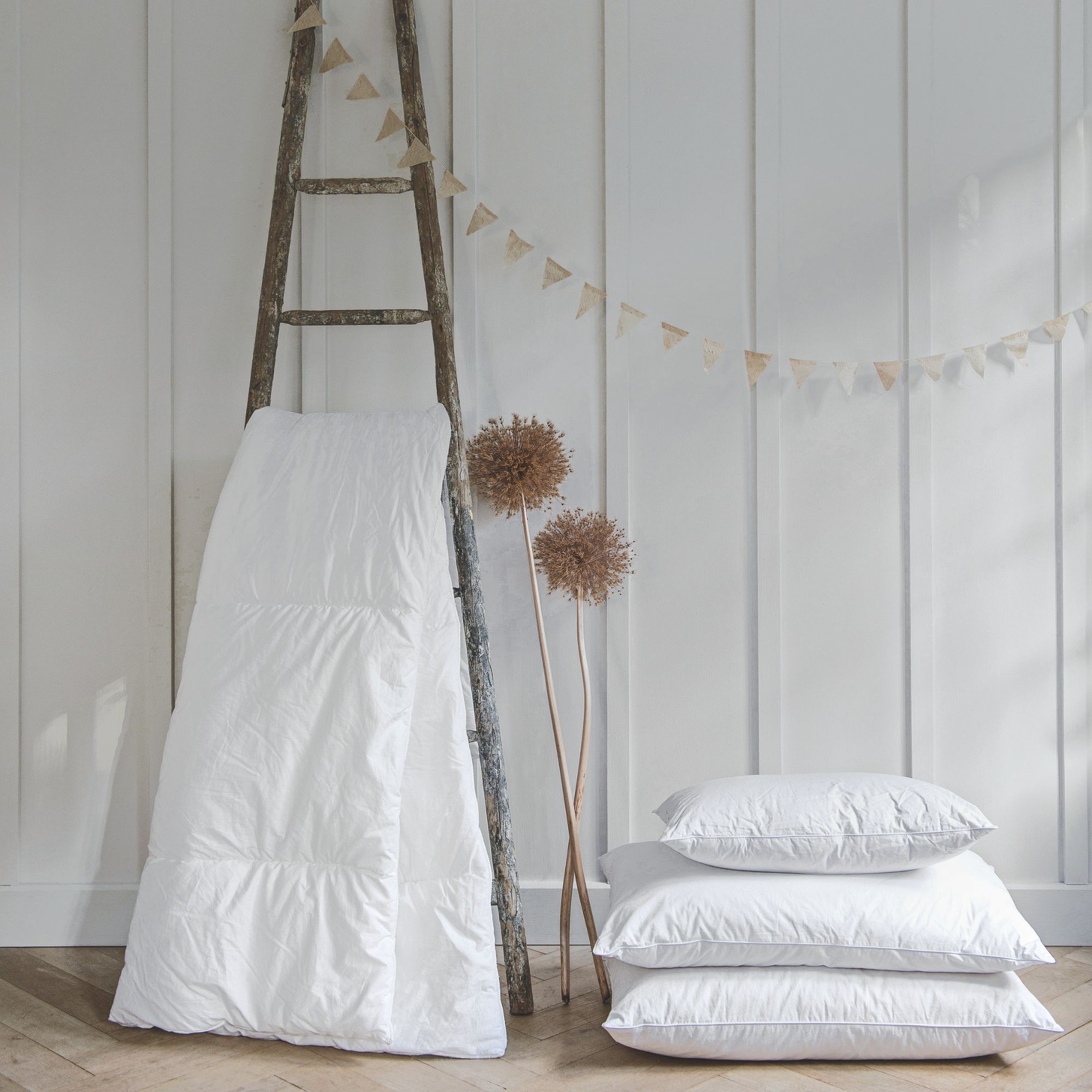
If you’re looking for a more affordable way to dry bedding indoors in winter, simply draping them over doors and bannisters is a great option. In fact, this is exactly what I do after washing a duvet or giving my duvet covers and pillowcases a winter whirl in the washing machine.
This option is also ideal for those who don’t have an airer or don’t want bulky bedding items taking up too much space in their small home. However, this hack can have disastrous consequences if you don’t do it correctly.
For starters, it’s always best to give your bedding an extra spin in the washing machine to get as much of the moisture out as possible. If you can, placing a dehumidifier nearby will also help immensely.
Alongside this, Cat Wiltshires from OnlineBedrooms.co.uk also suggests taking some time to focus on your draping and the location of your bedding.
She warns, ‘Cramming in duvet sheets, pillowcases, etc. while they are drying could lead to a damp smell, so ensure none of the bedding overlaps one another. Ensuring that all items are evenly spread out will also speed up the drying process.’
4. Pop them in the tumble dryer
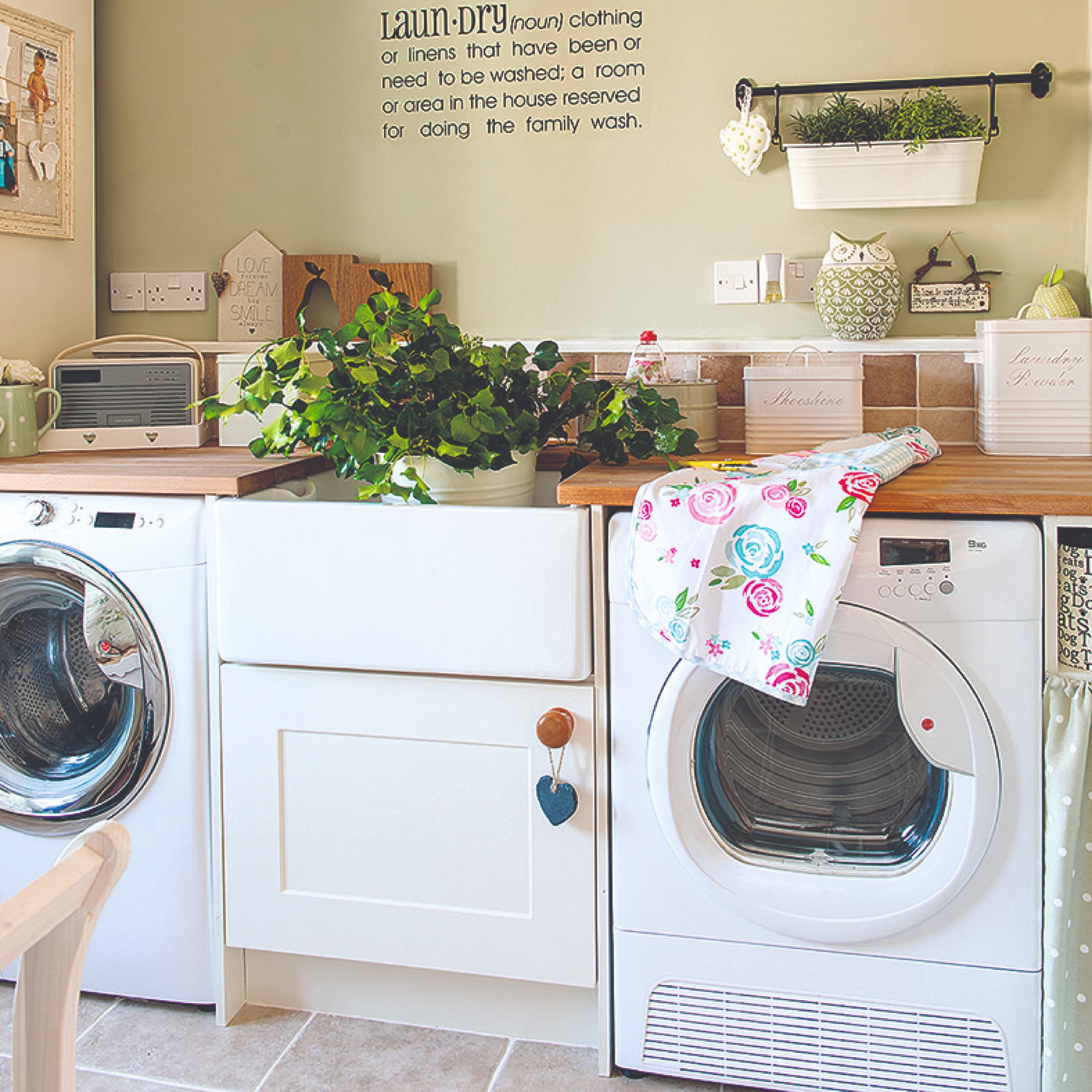
When you consider the size, purchase price, and the cost to run a tumble dryer, it’s not hard to understand why many households don’t have one. However, they can be extremely handy when you need to dry bedding indoors in winter.
And while you certainly don’t need a tumble dryer for smaller, lighter bedding like the best mattress protectors, duvet covers, and pillowcases, it’s a godsend for larger, heavier options.
Emily and Jonathan say, ‘For heavier items like pillows and duvets, which are more prone to retaining moisture, we'd always advise using a dryer with a low-heat or air-only cycle. Adding wool dryer balls to the cycle will help reduce drying time by allowing air to circulate more freely around the bedding, whilst also helping to fluff up the fabric, making it cosier and softer.’
You can buy wool tumble dryer balls from the likes of Amazon for less than £10, or you could try this Boss It option below.
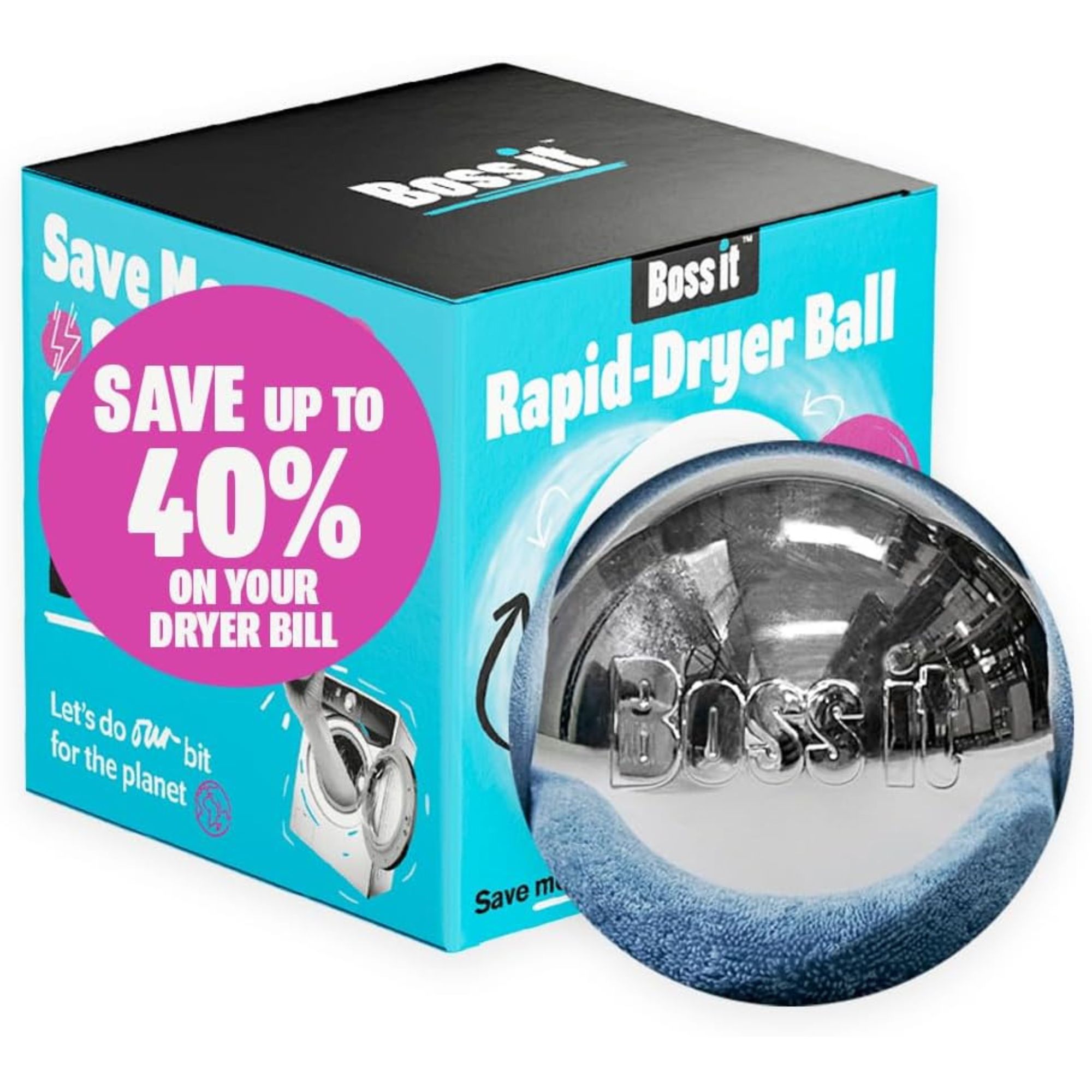
These dryer balls have been dubbed a 'game-changer' by cleaning experts, as the ultra-reflective tech bounces heat back into your laundry to minimise drying time and remove as much moisture as possible.
5. Take it to the dry cleaners
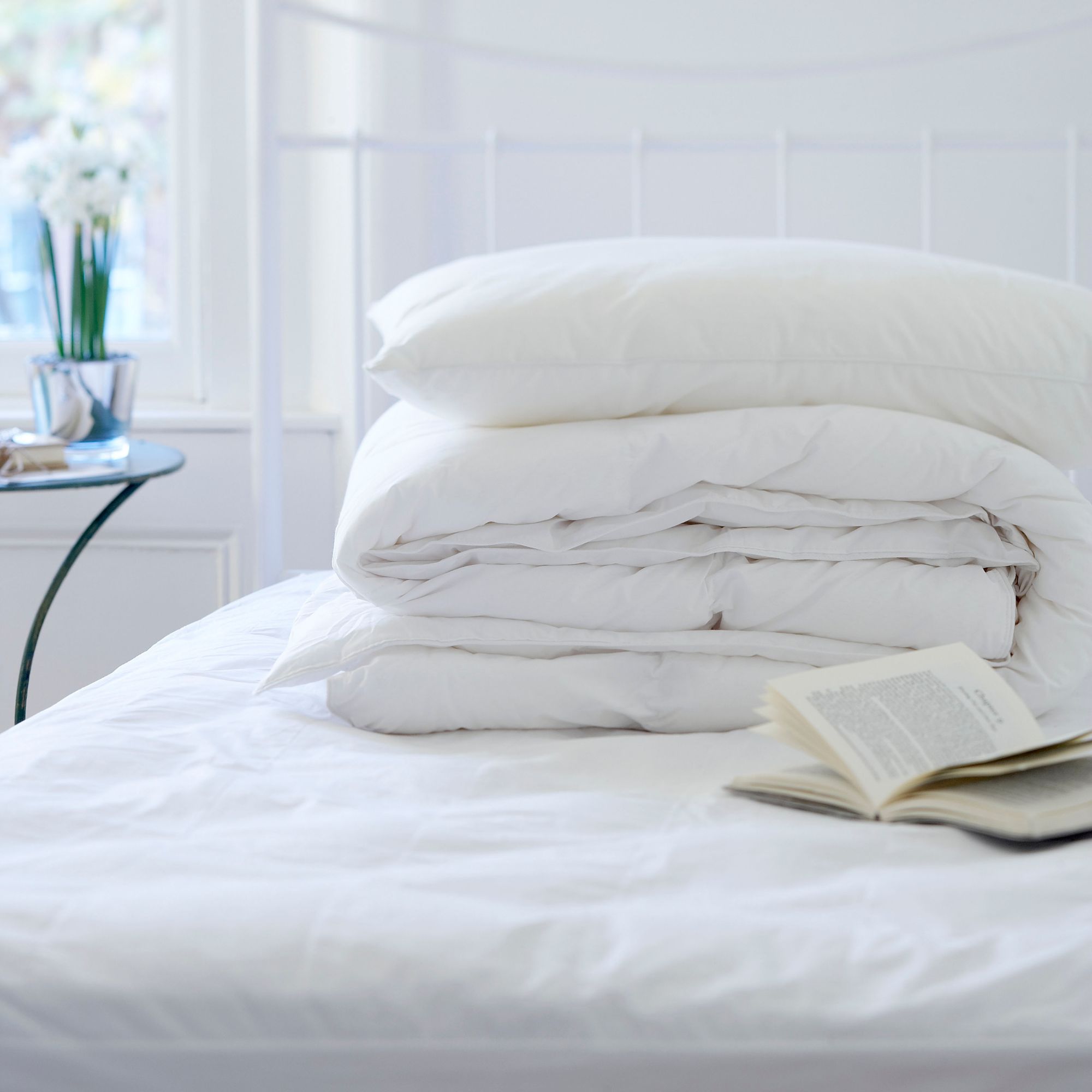
If you really don’t have the means to dry larger, heavier bedding (such as your duvet) in your home over winter, a dry cleaner could be another option. However, there are caveats to this, as many dry cleaners use harsh chemicals that can be harmful - especially when inhaling them as you sleep.
But in a world where everyone is becoming more eco-conscious, it is possible to find healthier alternatives. As Mark Tremlett, Founder of Naturalmat explains, ‘As a rule, we always recommend opting for washing and drying at an eco-friendly dry cleaner. In recent years, there has been a switch to dry cleaners using more sustainable methods, offering the same professional quality without using harmful chemicals.’
This may cost you a little more in the long run, but it could be worth it as you know your duvet will be both clean and dry by the time you pick it up.
6. Dry outside, if possible
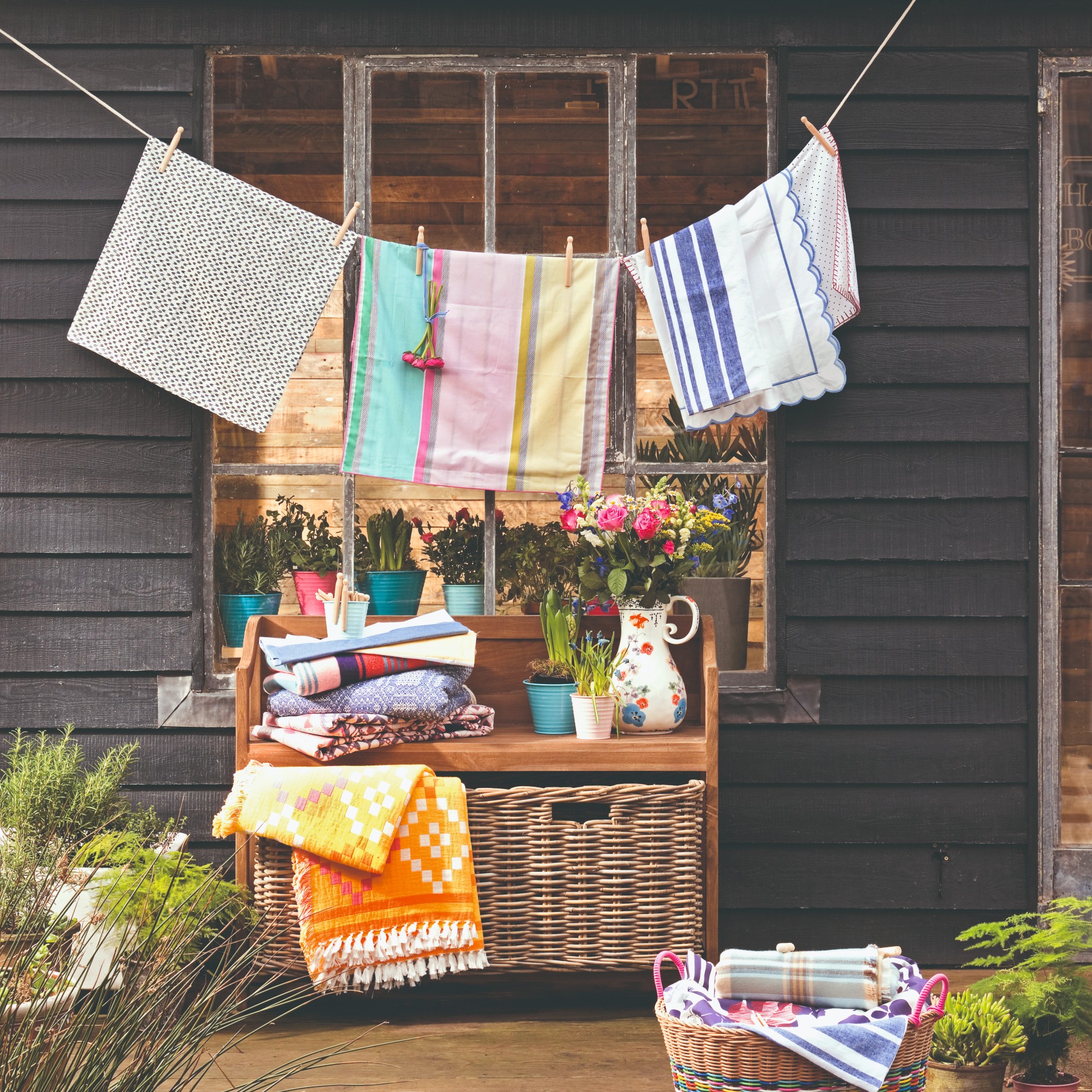
Of course, we know that this isn’t an option when it’s -2°C, or chucking it down with rain. But just as you can dry clothes outside in winter if it’s under a certain temperature (around 5°C), you can do the same when drying bedding in winter.
Cat explains, ‘It can be easy to assume your bedding won’t dry outside in the winter, but experts say that if the ground is dry, your washing should dry too. Check the weather beforehand; if the forecast is dry and it’s not too cold, then you should be fine to hang your sheets outdoors.’
This is supported by Emily and Jonathan, who advise, ‘If an outdoor clothesline is available on a dry, breezy day, then it can also be beneficial even on colder days, as the movement of fresh air helps to naturally wick moisture away.’
Just be warned that your bedding may take a little longer to dry outside during the winter months, and it may feel damp as you bring it back inside. It should warm up in no time, though.
FAQs
Is it better to tumble dry or air dry bedding?
Ultimately, air drying is better as it’s a gentler process and protects your bedding from any damage the tumble dryer may cause. It’s also much cheaper.
Understandably though, air drying isn’t always possible if the weather isn’t playing ball or you don’t have a garden. If you need bedding dried as soon as possible, a tumble dryer may be better for you.
How long does bedding take to dry indoors?
This all depends on how warm your home is, the bedding you’re trying to dry and whether you take any extra measures to speed up the process. In some cases, it could take as little as one hour to dry bedding indoors.
In other cases, it could take a few hours to dry bedding. Because of this, it’s well worth utilising the following steps to dry bedding quicker indoors:
- Add an extra spin cycle to remove excess moisture.
- Dry bedding in a larger room to ensure sufficient airflow.
- Dry bedding near a heat source.
- Put bedding out to dry at the beginning of the day.
So, how will you be drying your bedding this winter?

Lauren Bradbury has been the Content Editor for the House Manual section since January 2025 but worked with the team as a freelancer for a year and a half before that. She graduated with a Bachelor’s degree in English and Creative Writing from the University of Chichester in 2016. Then, she dipped her toe into the world of content writing, primarily focusing on home content. After years of agency work, she decided to take the plunge and become a full-time freelancer for online publications, including Real Homes and Ideal Home, before taking on this permanent role. Now, she spends her days searching for the best decluttering and cleaning hacks and creating handy how-to guides for homeowners and renters alike, as well as testing vacuums as part of her role as the Ideal Home Certified Expert in Training on Vacuums, having spent over 110 hours testing different vacuum models to date!
